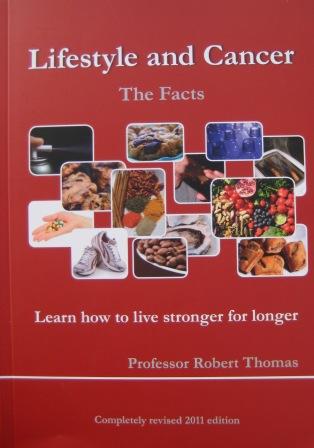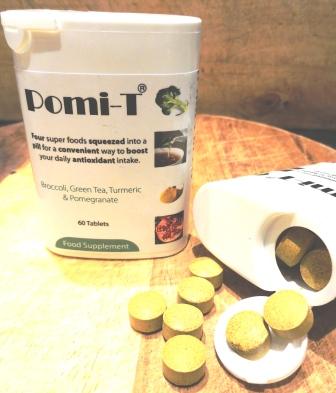|
|
||||||||||||||||||||||||||||||||||||||||||||||||||||||||||||||||||||
|
Superfoods |
||||||||||||||||||||||||||||||||||||||||||||||||||||||||||||||||||||
The term superfoods applies to foods with high natural polyphenol and antioxidant contents. The Food and Drug Administration (FDA) the American food and drug regulatory authority have published league tables of foods ability to scavenge and remove the DNA damaging free radicals. The tables rank food according to their Oxygen Radical Absorbance Capacity (ORAC).
Antioxidants are thought of wield their anti-cancer properties by directly or indirectly counterbalancing the super oxide free radicals produce from carcinogens in our diet or other environmental factors. The section on what is cancer explained how these free radicals damage the DNA, rearranging the genes within the cells leading to the development of cancer. Antioxidants are often subcategorised as carotenoids, polyphenols or trace minerals although there is considerable overlap in their properties and the types of foods which contain them. For more detailed information on the specific chemicals which form the antioxidants refer to the antioxidant section. In general foods with a high antioxidant (polyphenol, carotenoid and trace minerals) concentration include:-
The Food and Drug Administration (FDA) the American food and drug regulatory authority have published league tables of foods ability to scavenge and remove the DNA damaging free radicals. The tables rank food according to their Oxygen Radical Absorbance Capacity (ORAC). The best contenders being goji berries, prunes, flaxseed, linseeds, nuts, dark greens, cruciferous, brightly coloured vegetables, berries, fruits and grains. As these have high ORAC ratings they have been nicknamed superfoods. The best contenders being goji berries, prunes, flaxseed, linseeds, nuts, dark greens, cruciferous, brightly coloured vegetables, berries, fruits and grains. As these have high ORAC ratings they have been nicknamed superfoods. More recently, foods more
uncommon in the Western world have been discovered which have extremely high
antioxidant concentrations. A good example of one of the better known varieties
is the Tibetan Goji berry (Lycium Barbarum). As you can see from the table
below, this amazing fruit stands head and shoulders above other foods in the
index. The Goji Berry has been used in traditional Tibetan medicine for
centuries. The berries are never touched by hand when picked but are shaken onto
mats, and then dried in the shade. No pesticides are used in their production
and the high altitude ancient soils are free of pollutants. Not to be confused
for the Chinese wolfberry which can be loaded with pesticides and are highly
sulphured. The Tibetan goji berry also contain 2500 mg of vitamin C per 100
grams of fruit, making it one of the world's richest sources of vitamin C just
close behind the Australian billygoat plum and the South American camu camu. It
is packed with more beta-carotene than carrots, more iron than spinach, plus B
vitamins, vitamin E, 18 amino acids and 21 trace minerals. The Oxygen Radical Absorbance Capacity (ORAC) of foods- examples:
*The US Food and Drug
Administrations have recommended over 3,000 ORAC units a day. It cannot be emphasised enough that a variety of cuisine is the key to success as a diverse range of antioxidants in different foods are more likely to confer lasting protection against a wide and ever changing array of cancer promoting factors. Likewise, variety is less likely to cause an overload of one substance and a deficiency in another. |
||||||||||||||||||||||||||||||||||||||||||||||||||||||||||||||||||||







